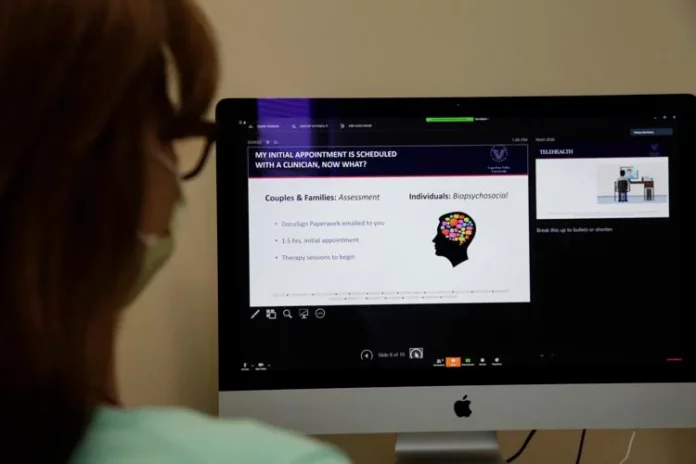
New legislation is on its way to the U.S. Senate Thursday after concerns over the continued need for telehealth access.
The Advancing Telehealth Beyond COVID-19 Act(H.R. 4040) was introduced by co-chair Congressman David Schweikert, R-Arizona, and initially included further provisions than the ones provided.
“Developing telehealth technology and increasing access to care is one of the most important feats we can achieve in modern healthcare. I’m disappointed to see bipartisan efforts to protect certain provisions that benefit millions of Americans cast aside by Democrat leadership. But this bill is a step in the right direction.”
The parts of the bill that did survive congressional speculation include an extension of congressional telehealth funding for four years instead of two. The legislation also hopes to expand the eligible list of practitioners to include rehabilitation therapists, to expand services for Federally Qualified Health Centers and Rural Health Clinics, to provide virtual hospice visits, and to delay Medicare in-person requirements. Audio-only technology will be provided for places with low broadband capabilities, so that telehealth services become accessible to all communities.
“In my rural Eastern North Carolina district, access to telehealth is paramount – especially given today’s record-high gas prices and ever-increasing inflation,” said Congressman Gregory Murphy, M.D. “If there is anywhere in America where we should absolutely codify these telehealth policies, it’s in our rural communities.”
The bipartisan bill passed the House with a 416-12 vote.
Because of the pandemic, national weekly telehealth users spiked from 13,000 patients to 1.7 million. Those numbers, though decreased, are still not expected to return to their original levels, leaving a continued need for telehealth access for Americans across the country.
Republished with the permission of The Center Square.













